This is an opinion piece and does not represent the viewpoint of GAMURS.
When the $1 million Gears of War Pro Circuit was announced at the final Gears of War: Ultimate Edition LAN event, MLG Columbus, it sent shockwaves throughout the community. For a fan base that sustained itself for years with minimal to no developer support, this announcement was the reward those faithful to the franchise’s esports scene had been waiting for.
However, over time, that optimism has since receded several months after the release of Gears of War 4, due to a lack of attention from the developers in regards to both gameplay features and mechanics, as well as issues with the esports program itself. This will be the second of a two-part editorial that will cover both the community’s and my own personal grievances regarding the game itself and the esports program.
1. Remove regional bias and emphasize LAN placings before seeding teams off pro points
Gears esports has never had the true international appeal as seen in other titles such as League of Legends, Counter-Strike: Global Offensive or even Call of Duty. To grow the audience across international borders, The Coalition created an esports program that will cross these borders to engage those fan bases in their own countries. In addition to events within the United States, the Gears Pro Circuit has reached England and Mexico, and is scheduled to visit France before the season ends. While this may seem fine, there is one glaring issue; how pool play teams are decided.
At the Gfinity London Open, only three North American Gears teams made pool play, while the top-eight European Gears teams were gifted pool play slots, despite the great majority of them not participating at the opening Gears Pro Circuit event, the MLG Columbus Open, as well as historically being the weaker competitive region compared to North America. This resulted in amateur teams playing in pools solely because they were European teams, while top teams like Echo Fox and Team Allegiance, who placed third and top-five respectively, had to fight through the open bracket.
This is a fundamentally flawed system that rewards teams purely for being a resident in the host region, rather than any sort of competitive logic.
A more competitive and sensible format would be one where a top-four placing at the previous Gears Pro Circuit LAN event automatically seeds teams into pool play. Each of those four teams should head their own pool for the next event as well. This will reinforce the emphasis on LAN performance over online play and reward breakout teams that couldn’t travel to some of the harder-to-reach events if they place well where it matters most. The remaining 12 spots should go to the next top-four NA teams, top-two EU teams, top LA team and top Asia-Pacific team, with the following four spots set aside for the teams that make it out of the open bracket.
Alternatively, The Coalition could introduce region-specific LAN events similar to those seen in Call of Duty and Halo esports, where only teams from those regions can participate, and it only affects Gears pro point standings within those regions.
2. Integrate esports components into the Gears multiplayer experience
One of the keys to success in any esports title is a matching gameplay experience in both the esports scene and public matchmaking. In League of Legends, pro teams have been known to select players from the challenger rank in matchmaking to join their LCS Challenger Series teams. In CS:GO, the active duty map pool reflects that of what is played across various pro leagues and significant LAN events, with very few exceptions. In both games, new players can play the core matchmaking experience and be confident in the fact that they’re playing the same mechanical game as the pros, just on a lesser level. Gears of War 4 differs in this regard, as there are two separate weapon tunings: core and competitive, which drastically contrast with each other with respect to weapon damage. The game thousands of fans are playing is one completely different from the version that is played in the competitive scene. To be quite frank, this makes absolutely no sense whatsoever. By naming one of the weapon tunings “competitive,” The Coalition inherently already knows which of the two is the most balanced and optimal for a competitive video game.
The arguments I’ve heard directly from some of the developers include that they believe the casual audience wants overpowered weapons and is turned off by the skill required with the competitive balance. This is metaphorically similar to lowering a basketball rim to appease those less skilled than others, which results in a worse experience for everyone. The logic directly contradicts the success of LoL, CS:GO, Dota2 and even Overwatch, which are all difficult games in their own right, yet balanced the same across the board for all players.
The Coalition should pick one weapon tuning and stick with it, and while the competitive tuning might not be perfect, it is still the better option and the one that clearly provides the most competitive balance that allows for both a showcase of individual and team skill. Additionally, they should use the same maps in the esports program in the competitive playlist in matchmaking to align the multiplayer experience with that of tournament play.
3. Record and publicize tournament and LAN event statistics
Statistics are something we see in virtually all of the premier esports and there’s a reason for that. They provide an unbiased source of information that commentators, analyst, and fans can use to help form a proper analysis of games, series, and tournaments. They also help build a narrative over time by highlighting a player’s brilliance or shortcomings. With statistics, I believe we will see a higher level of competition, as teams will make adjustments with the new information that will provide more context around a win or loss.
Stat-tracking should be incorporated within the Gears.gg page or release an API that will allow third-party interest to fill an unfilled niche within the community. Track data on team pro point standings, kill/death ratios, rounds won/loss, map win percentages, and other similar statistics.
A website with accurate and constantly updated stats from tournaments and events will provide an unquantifiable beneficial resource for teams, talent, writers, and fans.



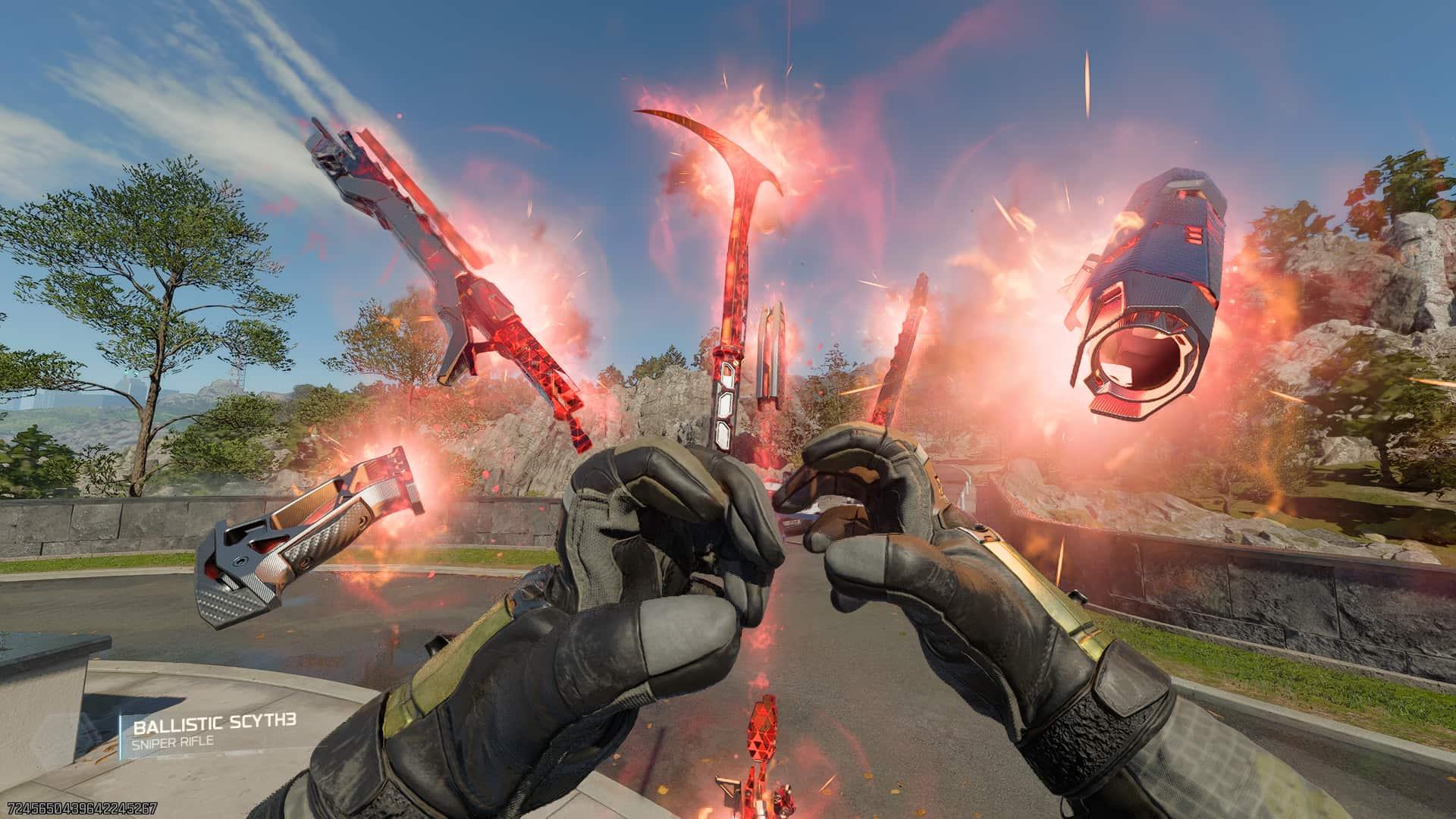
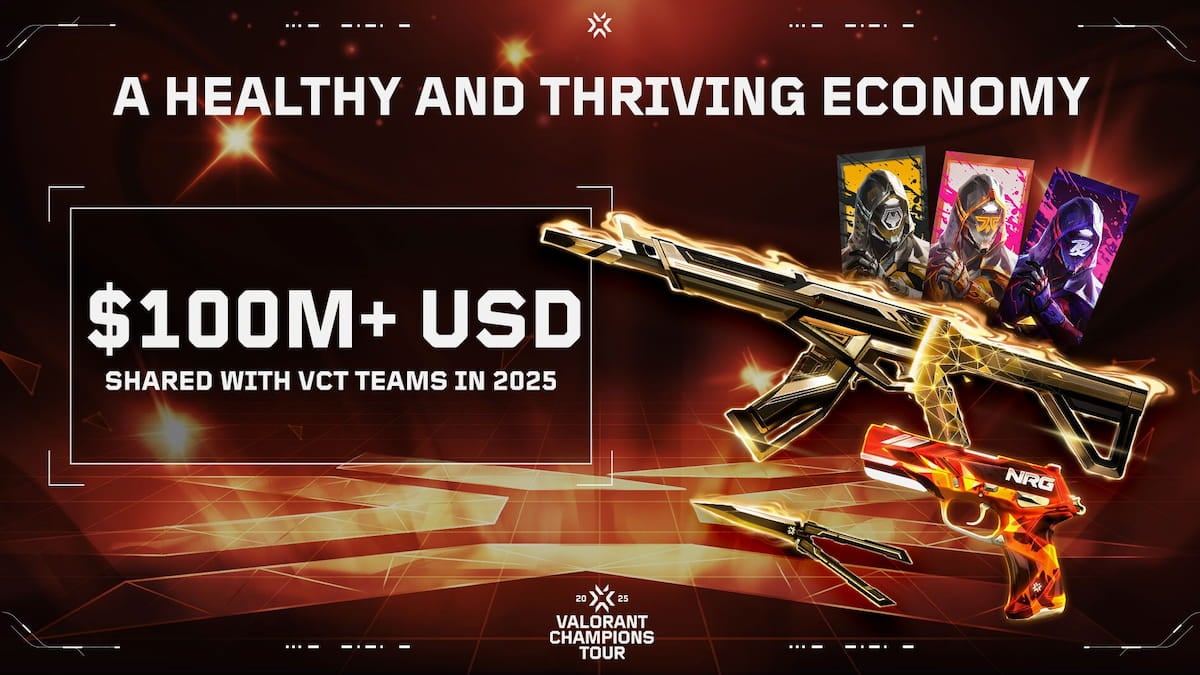

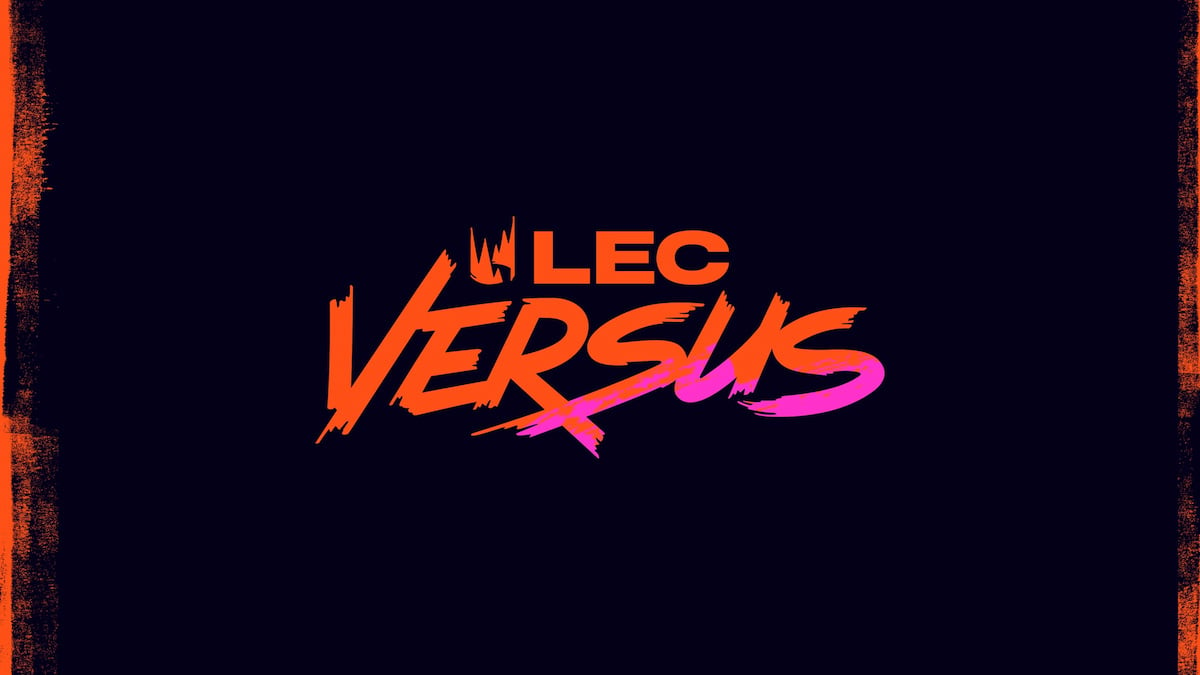
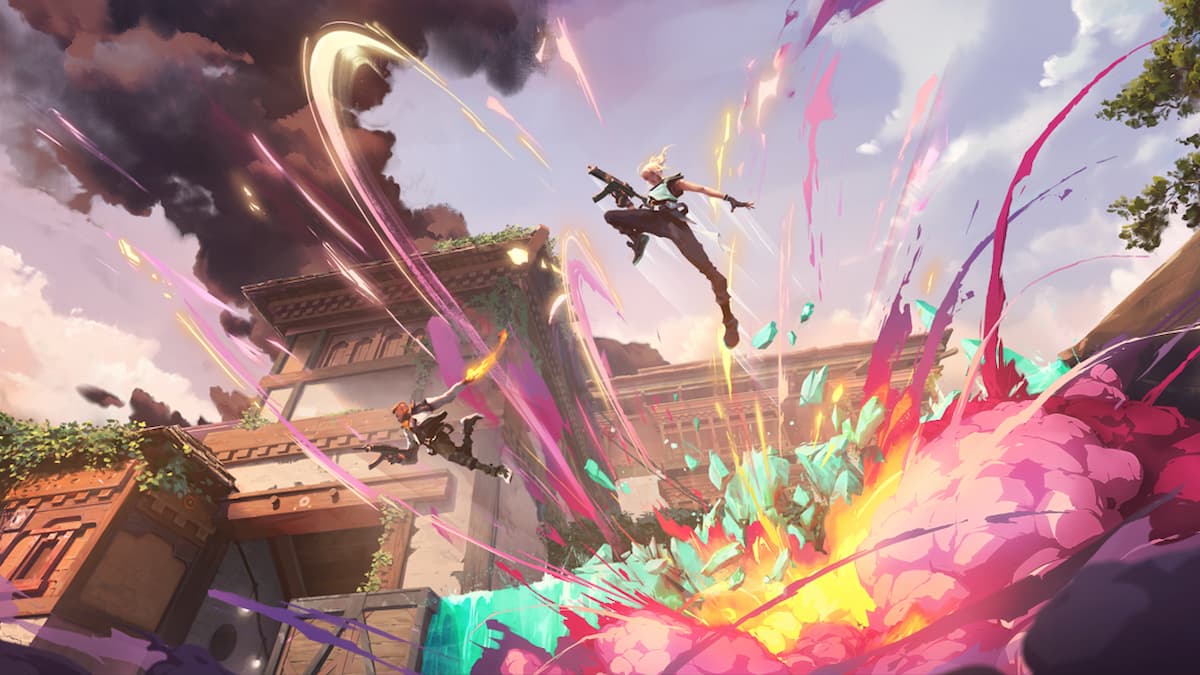


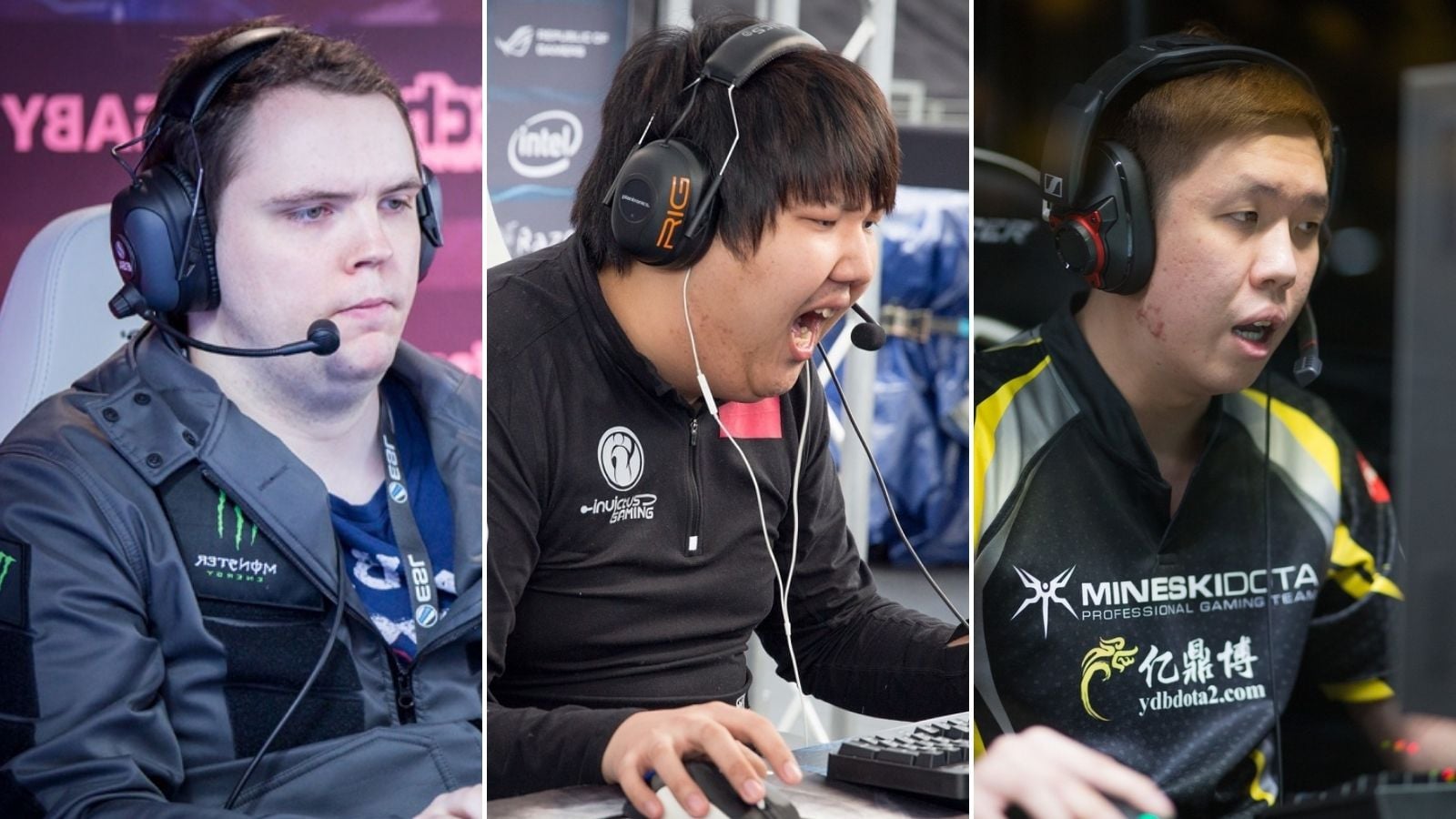
Published: Mar 13, 2017 09:19 am